Moderately strong M8.6 solar flare erupts from Region 3234
A moderately strong solar flare measuring M8.6 erupted from Active Region 3234 at 17:50 UTC on February 18, 2023. The event started at 17:35 and ended at 17:56 UTC.
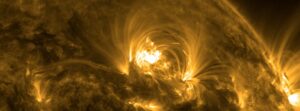
A moderately strong solar flare measuring M8.6 erupted from Active Region 3234 at 17:50 UTC on February 18, 2023. The event started at 17:35 and ended at 17:56 UTC.
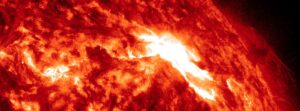
A long-duration solar flare measuring M6.3 erupted from Active Region 3229 at 19:44 UTC on February 25, 2023. The event started at 18:40 and ended at 20:27 UTC.
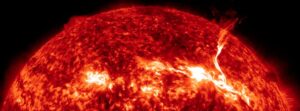
A long-duration M3.7 solar flare erupted from Active Region 3234 at 20:30 UTC on February 24, 2023, producing a large coronal mass ejection (CME). The event was associated with a filament eruption.
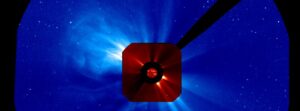
A long-duration solar flare measuring X2.2 at its peak erupted from AR 3229 (beta) at 20:16 UTC on February 17, 2023. The event started at 19:38 and ended at 20:50 UTC. A full halo Coronal Mass Ejection (CME) was produced and it appears there is an Earth-directed component. The estimated time of arrival is February 20.

A slow-moving coronal mass ejection (CME) that left the sun on February 11, 2023, reached our planet today, causing G1 – Minor geomagnetic storming. A partial halo CME, possibly triggered by a filament eruption near Region 3220 on February 14 is forecast to impact Earth this week, which could result in disruptions to communication networks, power grids, and satellites. The timing and extent of the impact are still being analyzed.
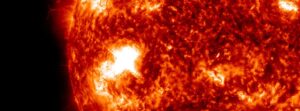
An impulsive solar flare measuring X1.1 erupted from Region 3217 at 15:48 UTC on February 11, 2023. The event started at 15:40 and ended at 15:54 UTC.
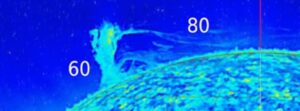
Our Sun went viral this week with a stunning polar vortex that revealed some of its mysterious dynamics in the one final region still uncharted by solar telescopes, that is until Solar Orbiter begins to climb to higher latitudes later in its mission.
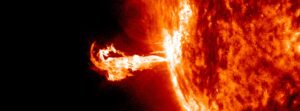
Our sun displayed high levels of activity in 24 hours to 12:30 UTC on February 9, including multiple low-level M-class solar flares and coronal mass ejections (CMEs) observed on the southeast and southwest limbs.
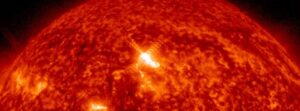
Active Region 3213 rapidly emerged on the visible disk on February 6 as just a few sunspots but has since grown into a mature, magnetically-complex sunspot group, producing several M-class flares, including a double-peaked flare that began at 22:46 and peaked at 23:07 as M6.3. The first peak was registered as M3.8 at 22:58 UTC.
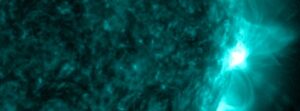
Solar activity has reached moderate levels in 24 hours to 12:30 UTC on January 25, with a long-duration M4.6 flare peaking at 10:11 UTC today.